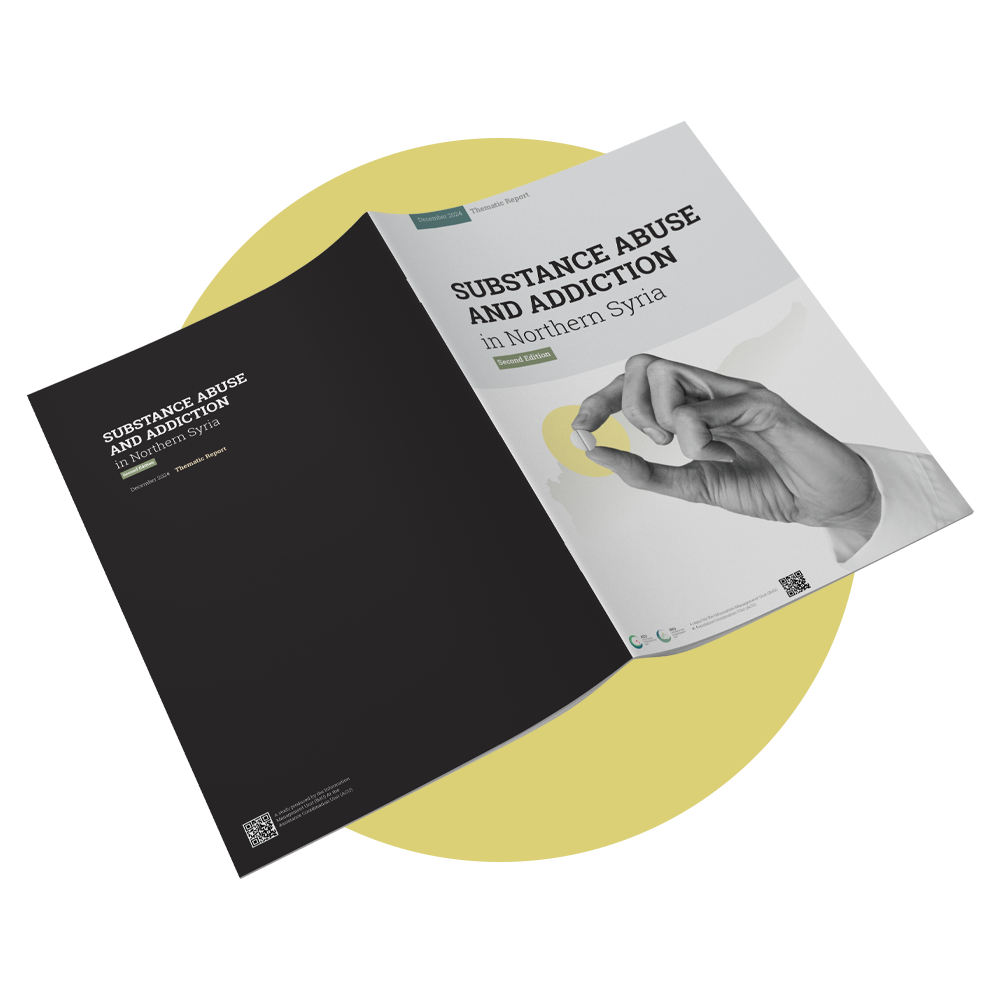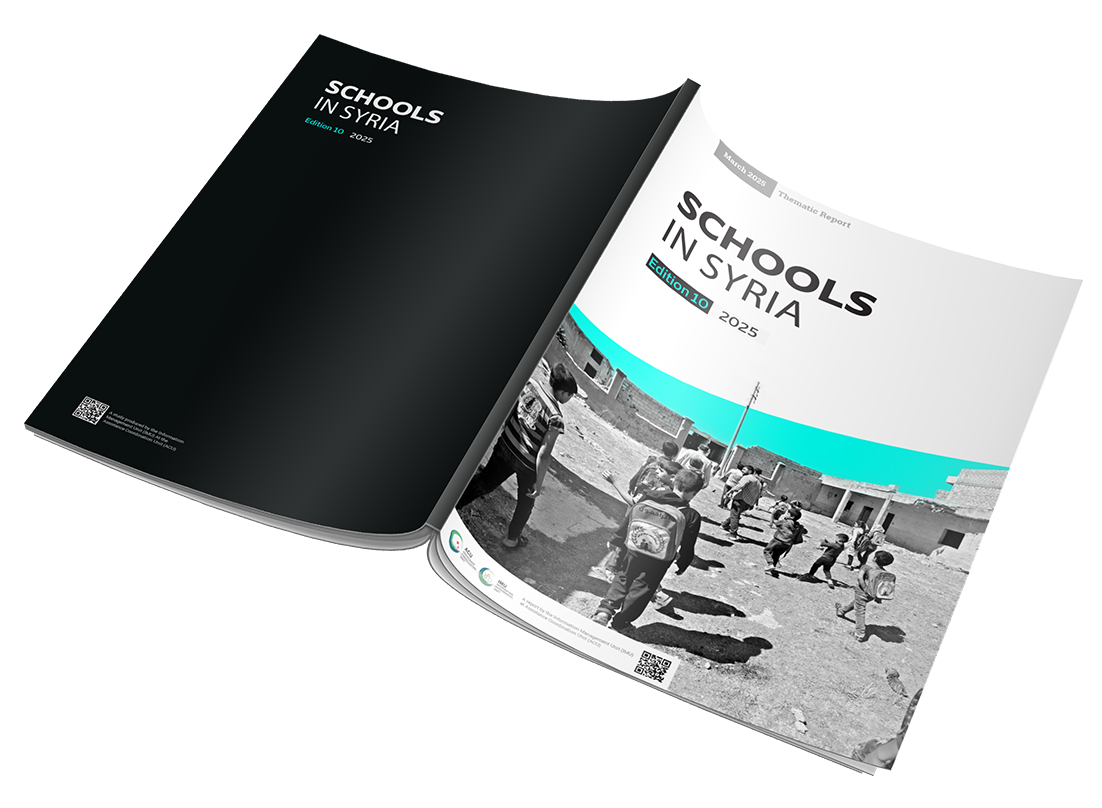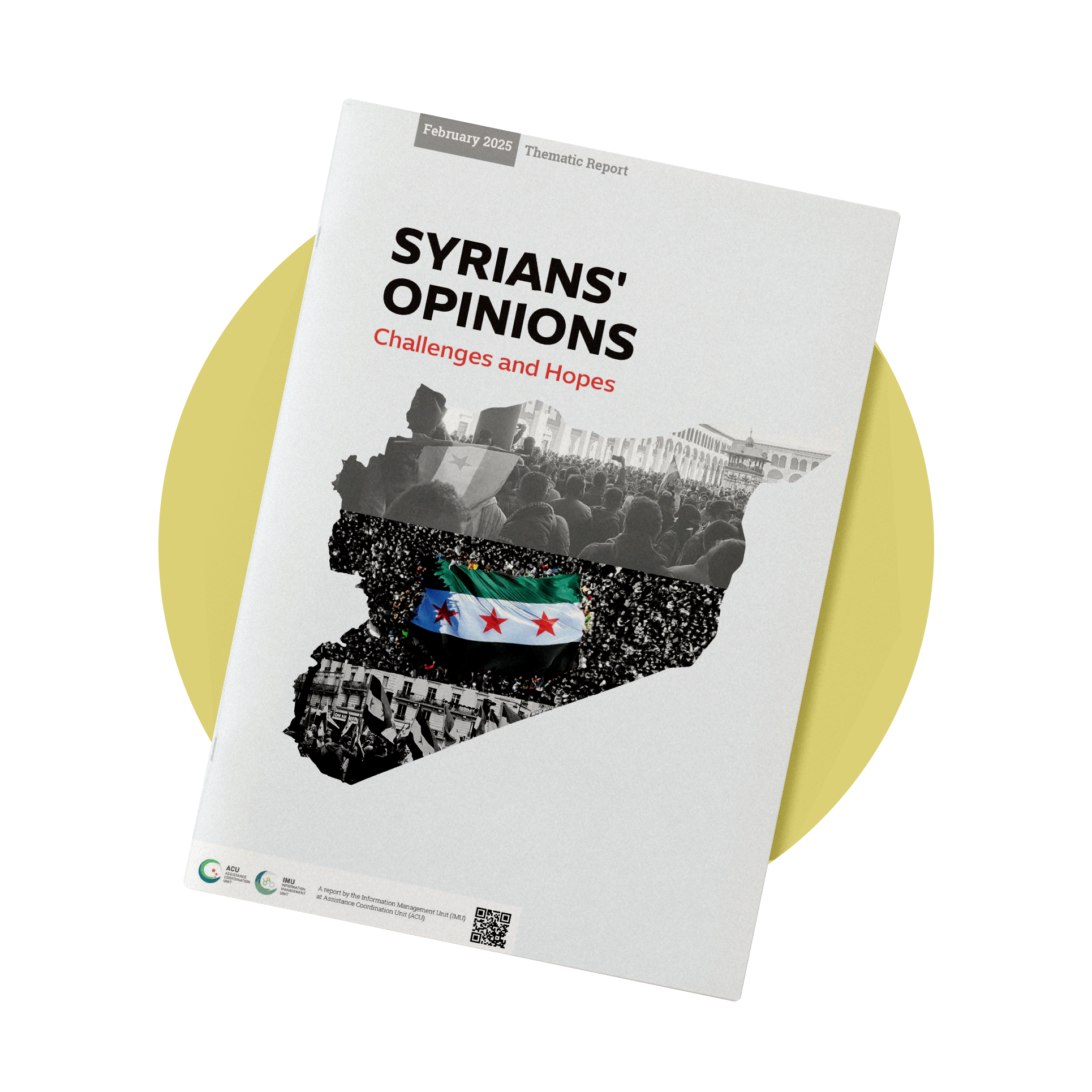Before the Syrian Revolution (2011), Syria primarily acted as a transit route for narcotics coming from Afghanistan, Iran, and Lebanon, destined for Gulf countries. However, with the conflict’s onset, Captagon, a stimulant, became widely used, particularly among fighters who relied on it to endure the hardships of the battlefield. Since then, the Syrian regime and its affiliated militias have increasingly engaged in the production and trafficking of narcotics, particularly Captagon. These substances are largely produced in regime-controlled areas and exported via state-controlled ports, becoming an essential revenue stream for financing military operations and sustaining militias.
The ongoing crisis in Syria has disrupted economic systems, strained community relations, and limited access to traditional




